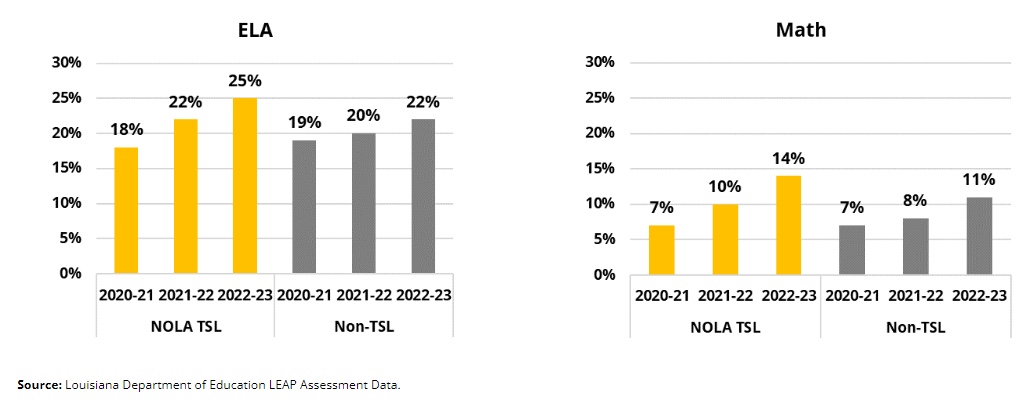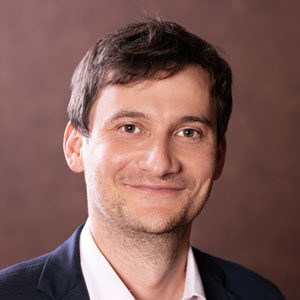Federal-Philanthropic Partnerships are an Untapped Resource for School Funding
Jarrell: How a combination of grants from nonprofits & government got New Orleans schools $30 million to help strengthen the teacher workforce.

Get stories like this delivered straight to your inbox. Sign up for The 74 Newsletter
As a middle school teacher and principal in New Orleans, I believed deeply in the potential of all my students. But the mission of our schools was far bigger than the resources we had. We needed all the help we could get.
When I went to work at the nonprofit New Schools for New Orleans, I was proud to be a part of an organization dedicated to expanding and providing those resources. I was also proud that NSNO deferred to educators on how best to use them. Over the last five years, we’ve landed on an effective, but little-used practice: leveraging federal grants, such as matching grants, to bring in philanthropic dollars.
Nonprofits and funders like NSNO understandably shy from applying for federal grants. They can be bureaucratic, difficult to win, and full of earmarks and constraints. Some people don’t even know these grants exist, and not every team has the capacity or time to complete complex applications on short deadlines.
But by embracing federal grants and pairing them with private funds, nonprofits can dramatically increase the resources provided to schools and ensure that their grant proposals are guided by the expertise of the philanthropic community.
At NSNO, we focused on finding federal grants to address one of our schools’ biggest priorities — strengthening the city’s teacher workforce.
Two years ago, NSNO won a $13 million Teacher and School Leader Incentive Program (TSL) grant to support teacher retention. We partnered with six of the largest charter management organizations in the city, which account for roughly 40% of the New Orleans teaching force. We then reached out to the Gates Foundation and earned an additional $900,000 in matching funds. With the foundation’s support, we set parameters for funding grounded in evidence-based best practices. Schools would need to offer performance bonuses for top teachers, for instance, establish new career pathways such as hybrid instructional coaching roles and offer targeted professional development for special educators. These priorities gave the schools autonomy to spend the funding as they saw fit.
Since then, schools that received TSL funds have increased their school leader retention from 82% to 88%. These schools have also outpaced non-TSL schools academically.

We’re now looking to expand these best practices to all the city’s public schools.
NSNO has also successfully managed a Supporting Effective Educator Development SEED grant, alongside Xavier University of Louisiana and Tulane University, to ensure the city has a diverse, effective teacher pipeline. The goal was to increase the percentage of Black teachers who were trained in culturally relevant practices — and then ensure that local teacher preparation programs got to decide how best to spend their funding.
The first SEED grant, in 2016, helped prepare 625 new educators, the majority of whom identified as teachers of color. Eighty-five percent of teachers who were trained or supported in SEED-funded programs stayed in their roles, far higher than the retention rates for both typical first-year teachers and the district overall. They also outperformed similarly experienced peers when it came to student achievement. This last year marked the end of year one of our second SEED grants. We surpassed our recruitment goal by bringing in 125 new teachers, roughly 75% of whom identify as Black.
As a result, the demographics of the teaching force now closely mirror the city’s population: The share of Black teachers rose from 53.5% in 2017-18 to 61.4% in 2021-22 in a city that is 58% Black.
Combined, these two grants provided our schools with a total of $30 million additional dollars, bringing hundreds of new educators into classrooms and implementing compensation strategies that have retained many more. This can serve as an example for other nonprofits in how to leverage the strengths of philanthropy and federal grants to maximize their effectiveness and create lasting change.
Get stories like these delivered straight to your inbox. Sign up for The 74 Newsletter

;)
